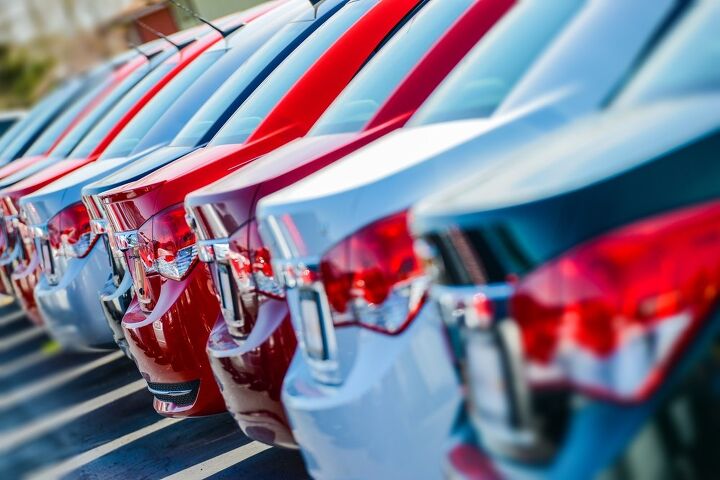
Recent studies have shed light on how the color of a car might affect its likelihood of being involved in an accident. Research from Monash University’s Accident Research Centre in Australia has provided insightful data on this matter. Their analysis indicates that white cars have a roughly 10 percent lower chance of being involved in an accident during daylight compared to darker-colored vehicles, such as black, blue, gray, green, red, and pink. This conclusion is based on a thorough examination of police-reported crash data in two Australian states.
Further supporting these findings, the University of Auckland analyzed over 36,000 two-car collisions spanning from 1998 to 2012. They discovered that white cars, which represented 21 percent of all registered vehicles, were only involved in 13.3 percent of these accidents. In contrast, black cars, accounting for 11.5 percent of the vehicle population, were involved in 23.4 percent of collisions.
These studies underscore the critical role of visibility in accident occurrence. Light colors like white and yellow stand out more, especially in low-light conditions or adverse weather, whereas darker shades tend to blend with the road environment, reducing visibility.
Beyond Color: Other Accident Influencers
While the color of a car is a factor in its visibility, it’s not the sole element affecting accident rates. Aspects such as the driver’s skills, environmental visibility, weather conditions, and the car’s mechanical state also play significant roles in road safety.
Safety Considerations in Car Color Selection
Advised Colors for Enhanced Safety
In light of these findings, choosing a car’s color with safety in mind could be a wise decision. Colors that offer better visibility and hence may be safer include:
- White
- Silver
- Yellow
Guidance for Car Buyers
Dominic Wyatt from the International Drivers Association suggests that car buyers weigh the color of a vehicle as part of their purchase decision. While it shouldn’t be the sole criterion, opting for a more visible color could potentially lower the risk of accidents. This consideration is especially pertinent for individuals who place a high emphasis on safety.
Car purchasers should deliberate their color choice, balancing personal taste with safety implications. A preference for darker shades might carry increased accident risks. Therefore, giving car color careful consideration might contribute to a safer driving experience. Sometimes, a safer journey could be as simple as choosing the right color for your car.
This article was co-written using AI and was then heavily edited and optimized by our editorial team.

